The Ultimate Guide to Growing, Harvesting, and Enjoying Nature's Elusive Delicacy
Morel mushrooms (Morchella spp.) are among the most sought-after wild fungi in the world, prized by chefs and food enthusiasts for their distinctive honeycomb appearance and rich, nutty flavor. While traditionally harvested in the wild during spring, growing your own morel mushrooms has become an exciting challenge for mushroom enthusiasts. This comprehensive guide will walk you through everything you need to know about cultivating these elusive delicacies at home.
What Are Morel Mushrooms?
Morel mushrooms are distinctive fungi characterized by their conical caps with a honeycomb-like pattern of ridges and pits. They range in color from light yellow to dark brown or black, depending on the species. They're highly valued by chefs for their subtle earthy, nutty, and sometimes mildly smoky flavors, making them one of the more expensive gourmet mushrooms at farmers' markets.
Unlike many common grocery store mushrooms, morels have a unique meaty texture and complex flavor profile that can't be replicated by other varieties. They're commonly used in gourmet dishes like risottos, soups, and sauces, creating unforgettable culinary experiences.

Why Are Morels Difficult to Cultivate?
If you've researched growing morel mushrooms, you've likely discovered that they have a reputation for being challenging to cultivate. Until recently, morels were primarily foraged in the wild during a short growing season, limiting their availability and contributing to their high market price. Their complex lifecycle and specific growing requirements have made commercial cultivation difficult.
One important thing to understand about growing morel mushrooms is that success is not guaranteed. Even in nature, just because morels grew in one location one year doesn't mean they'll grow there again the next. Indoor cultivation typically yields only about a 40% success rate.
Despite these challenges, with the right techniques, patience, and perhaps a bit of luck, you can grow morel mushrooms at home. Let's explore the different methods for cultivating these prized fungi.
Methods for Growing Morel Mushrooms
There are several approaches to growing morel mushrooms, each with its own advantages and success rates. We'll cover three main methods: outdoor cultivation, the spore slurry technique, and indoor growing.
Method 1: Outdoor Cultivation with Spawn
Outdoor cultivation is the most natural way to grow morel mushrooms and typically offers the best chance of success for home growers.
What You'll Need:
- Morel mushroom spawn (purchased from a reputable supplier)
- Suitable outdoor location
- Wood chips or shavings (preferably from elm, ash, or apple trees)
- Wood ash
- Garden tools
- Patience (it may take 1-3 years for your first harvest)
Step 1: Choose the Right Location
Select a location in a shaded area that receives little to no direct summer sunlight. Morels are often associated with specific trees, so planting near poplars, oaks, elms, ash, or fruit trees can increase your chances of success.
The ideal spot should:
- Receive filtered or dappled light
- Have good drainage
- Be protected from strong winds
- Have soil that maintains moisture but isn't waterlogged
Step 2: Prepare the Soil
Morel mushrooms produce best in a mixture of soil, sand, and wood ash. Start by removing any weeds or debris from the soil. Then, mix your soil and sand in a 3 to 1 ratio. To this mixture, also add a sprinkling of wood ash which helps add nutrients to the soil.
For the best results:
- Create a bed approximately 4-6 inches deep
- Make sure the area is about 4 feet by 4 feet
- Add a layer of wood chips on top, preferably from elm, ash, or apple trees
Step 3: Introduce the Spawn
Morel mushroom spawn contains the mycelium—the vegetative part of the fungus—that is essential for successful growth. This mycelium is responsible for breaking down organic material in the soil, enabling the morel species to thrive and fruit.
To introduce the spawn:
- Make shallow furrows in your prepared bed
- Sprinkle the spawn evenly across the area
- Gently rake the spawn into the top layer of your substrate
- Water thoroughly but gently
Step 4: Maintain Your Morel Bed
Morel mushrooms can take a long time to grow, typically two to five years at a minimum, so be patient and don't give up too quickly. Once you've set up your growing area, it's important to avoid disturbing it—leave it alone and let nature take its course.
Maintenance tips:
- Keep the area moist but not saturated
- Avoid using pesticides or herbicides near your morel bed
- If you live in an area where salt is used on sidewalks or driveways in winter, make sure your morel bed is far enough away that melting runoff doesn't reach it, as mushrooms are sensitive to salt.
Method 2: The Spore Slurry Technique
If you have access to fresh morel mushrooms, you can create a spore slurry to inoculate your growing area. This method is more economical but may have a lower success rate than using commercial spawn.
What You'll Need:
- Fresh or dried morel mushrooms (one is sufficient, but more is better)
- Non-chlorinated water (1 gallon)
- Salt (¼ teaspoon)
- Molasses or sugar (1 tablespoon)
- Large container
- Cheesecloth for straining
- Garden sprayer or watering can
Step 1: Prepare the Slurry
Start by boiling one gallon of distilled water and adding one tablespoon of molasses and 1/4 teaspoon of salt. The molasses provides energy for the mushrooms to grow, while the salt prevents bacteria from growing. Let the water cool to room temperature, then add in full shredded morel mushrooms.
Step 2: Collect the Spores
Let the mixture sit for about two days, then strain it through cheesecloth and collect the liquid, which will contain the microscopic spores. This spore-rich liquid is your slurry.
Step 3: Inoculate Your Growing Area
Choose a suitable location following the guidelines mentioned in the outdoor cultivation method. Spray or pour your slurry over the prepared area, ensuring thorough coverage. You can also pour it around the bases of trees that are known to host morel mushrooms.
Step 4: Wait and Observe
Like other methods, the spore slurry technique requires patience. Mark your inoculated areas and check them each spring for signs of morel growth.
Method 3: Indoor Cultivation
Indoor cultivation of morel mushrooms is challenging but possible with the right setup and conditions. This method requires more technical knowledge and equipment but allows for year-round growing potential.
Scientific breakthroughs have made indoor morel cultivation more feasible, though commercial methods are often patented. For home growers, the success rate is typically around 40%, which is similar to the success rate found in nature.
What You'll Need:
- Morel spawn or liquid culture
- Substrate mixture (vermiculite, peat moss, wood chips)
- Growing containers
- Sterilization equipment
- Temperature and humidity controls
- Growing chamber or tent
Step 1: Prepare Your Substrate
Create a substrate mixture that mimics the natural growing conditions of morels:
- 60% vermiculite or perlite
- 30% peat moss
- 10% wood chips (elm, ash, or apple)
- A sprinkle of wood ash
Sterilize this mixture by heating it in an oven at 180°F (82°C) for 30 minutes, then allow it to cool completely.
Step 2: Inoculate the Substrate
Once your substrate has cooled, introduce the morel spawn or liquid culture according to the supplier's instructions. Mix thoroughly but gently to distribute the mycelium throughout the substrate.
Step 3: Create Proper Growing Conditions
For indoor growing, maintain high humidity (around 90%) and ensure proper air exchange. Some growers use a humidifier, but you can also mist the sides of the grow bag or fruiting chamber 2-3 times daily and fan it to bring in fresh air.
Temperature cycling is crucial for morel fruiting. Maintain a cool environment (around 40-50°F or 4-10°C) for several weeks, then gradually increase to 60-70°F (15-21°C) to simulate spring conditions.
Step 4: Initiate Fruiting
After the mycelium has fully colonized the substrate (usually 1-2 months), induce fruiting by:
- Dropping the temperature by 10-15°F for a few days
- Increasing humidity to 95%
- Ensuring good air exchange
- Providing indirect light

Commercial Kits and Their Success Rates
For beginners, morel mushroom growing kits offer a convenient way to start. However, it's important to manage expectations regarding their success rates.
Customer reviews of commercial morel kits reveal mixed results. Many customers report that despite following instructions carefully, no mushrooms appeared even after two growing seasons. On the other hand, some users have had success, particularly when the kits are used to establish outdoor morel patches that can produce for many years.
According to one reputable kit manufacturer, time from establishing a morel habitat until fruiting varies from 6 months to 2 years. Some customers have found morels in their habitats more than 25 years after they were established!
If you decide to try a kit:
- Purchase from established, reputable suppliers
- Follow instructions carefully
- Be prepared for the possibility that your first attempt may not succeed
- Consider it a long-term investment rather than a quick harvest
How to Identify True Morels (And Avoid False Morels)
Safety is paramount when growing and harvesting mushrooms. It's essential to learn how to identify true morels and distinguish them from poisonous look-alikes known as false morels.
Characteristics of True Morels
True morels have a distinctive cap with a honeycomb-like pattern of ridges and pits. The cap is attached directly to the stem, and when sliced lengthwise, the mushroom is completely hollow from top to bottom.
Key identification points:
- Cap with uniform pits and ridges that appear to be "pushed in" rather than bulging out
- Cap attached to the stem (either fully or partially in "half-free" morels)
- Completely hollow interior when cut lengthwise
Dangerous Look-Alikes: False Morels
False morels belong to several genera, including Gyromitra and Verpa, and can be highly toxic. They contain a toxin known as monomethyl hydrazine (MMH), which is the same chemical found in certain rocket fuels and can cause dizziness, vomiting, and in some cases even death.
How to identify false morels:
- The caps appear wavy or lobed and bulge outwards, unlike the uniform, pitted appearance of true morels
- Verpa species have caps that are attached to the stem only at the apex (top of the cap), creating a "free-hanging" appearance
- When sliced lengthwise, false morels are not hollow but filled with cottony fibers or tissue
Never consume a mushroom unless you are 100% confident in its identification. The safest approach for beginners is to learn from experienced foragers and use multiple reputable field guides.
Tips for a Successful Morel Harvest
While growing morels requires patience and sometimes multiple attempts, these tips can improve your chances of success:
-
Pick the right location: Morels prefer areas with deciduous trees, especially elm, ash, poplar, and apple trees. They also often appear in areas disturbed by fire or logging.
-
Timing is crucial: Plant morel mushrooms in cool, moist weather. The ideal spring conditions include mild days with temperatures of 60-70°F and cool evenings in the 40s with scattered rain and cloudy days.
-
Maintain moisture: Keep the environment moist for your morels—ideally as moist as a wrung-out sponge. Watering with captured rainwater is preferred to chlorinated tap water.
-
Soil enrichment: Recreate the soil mushrooms prefer that is usually found around dead, decaying, and burned trees. Wood chips, wood ash, peat moss, and sand are desirable soil additives for growing morels.
-
Be patient: Most morel growers don't see results the first year. Success often comes in the second or third year after establishment.
-
Multiple attempts: Don't put all your hopes in one growing area. Establish several patches with slightly different conditions to increase your chances of success.
Harvesting and Enjoying Your Morels
When your patience is finally rewarded with a morel harvest, proper harvesting and preparation techniques will ensure you get the most enjoyment from your gourmet mushrooms.
When and How to Harvest
Morel mushrooms don't need to reach a certain size to achieve ripeness. Older mushrooms are just as tasty as young specimens, but the longer they grow, the greater the chance of weather or animal damage.
Harvesting tips:
- Use a sharp knife to cut the mushroom at the base, leaving the root structure intact
- Carry harvested morels in a mesh or paper bag to allow spores to fall and potentially seed new growth
- Leave some mature mushrooms to release spores and ensure future harvests
Cleaning and Preparing
True morel mushrooms have to be cooked in order to be safely eaten, so don't ever eat them raw, even after positive identification.
To clean and prepare your morels:
- Slice the mushrooms lengthwise and check for insects
- Rinse gently under cold water to remove dirt and debris
- Pat dry with paper towels
- Cook thoroughly before consuming
Simple Preparation Methods
Many people will tell you that the very best way to prepare morels is to fry them in butter and devour them, which is a great way to appreciate their flavor profile. This simple preparation will give you ideas about what else you could cook with them!
Other popular cooking methods include:
- Sautéing with garlic and herbs
- Adding to pasta dishes
- Incorporating into soups and sauces
- Using as a topping for steaks or other proteins
Conclusion
Growing morel mushrooms at home is a rewarding challenge that requires patience, attention to detail, and sometimes multiple attempts before success. Whether you choose outdoor cultivation, the spore slurry method, or attempting indoor growing, understanding the unique needs of morels is key to eventually harvesting these prized fungi.
Remember that even experienced growers don't have a 100% success rate with morels. View the process as a learning experience and an opportunity to connect with the fascinating world of mycology. When you finally succeed in growing your own morels, the satisfaction and culinary rewards will be well worth the wait.
Start your morel growing journey today, and you might be enjoying home-grown gourmet mushrooms in the seasons to come!

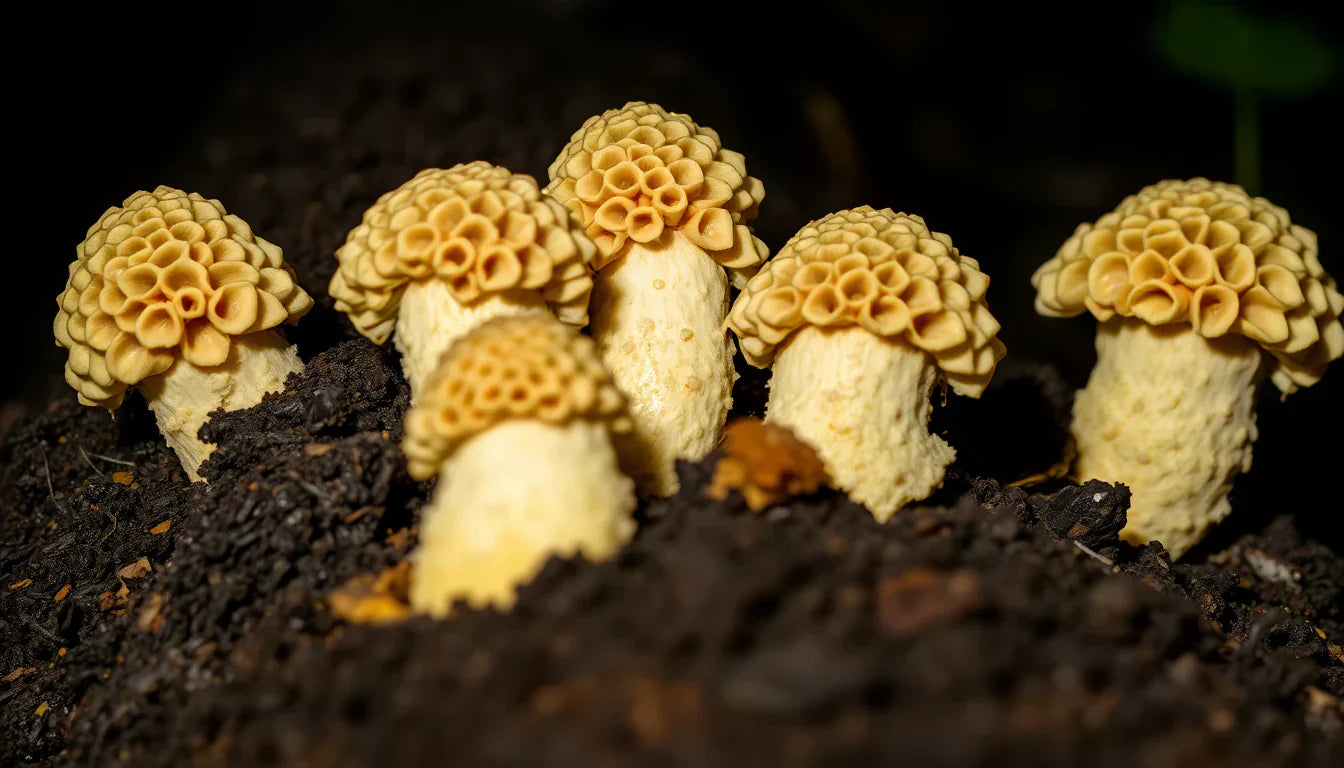
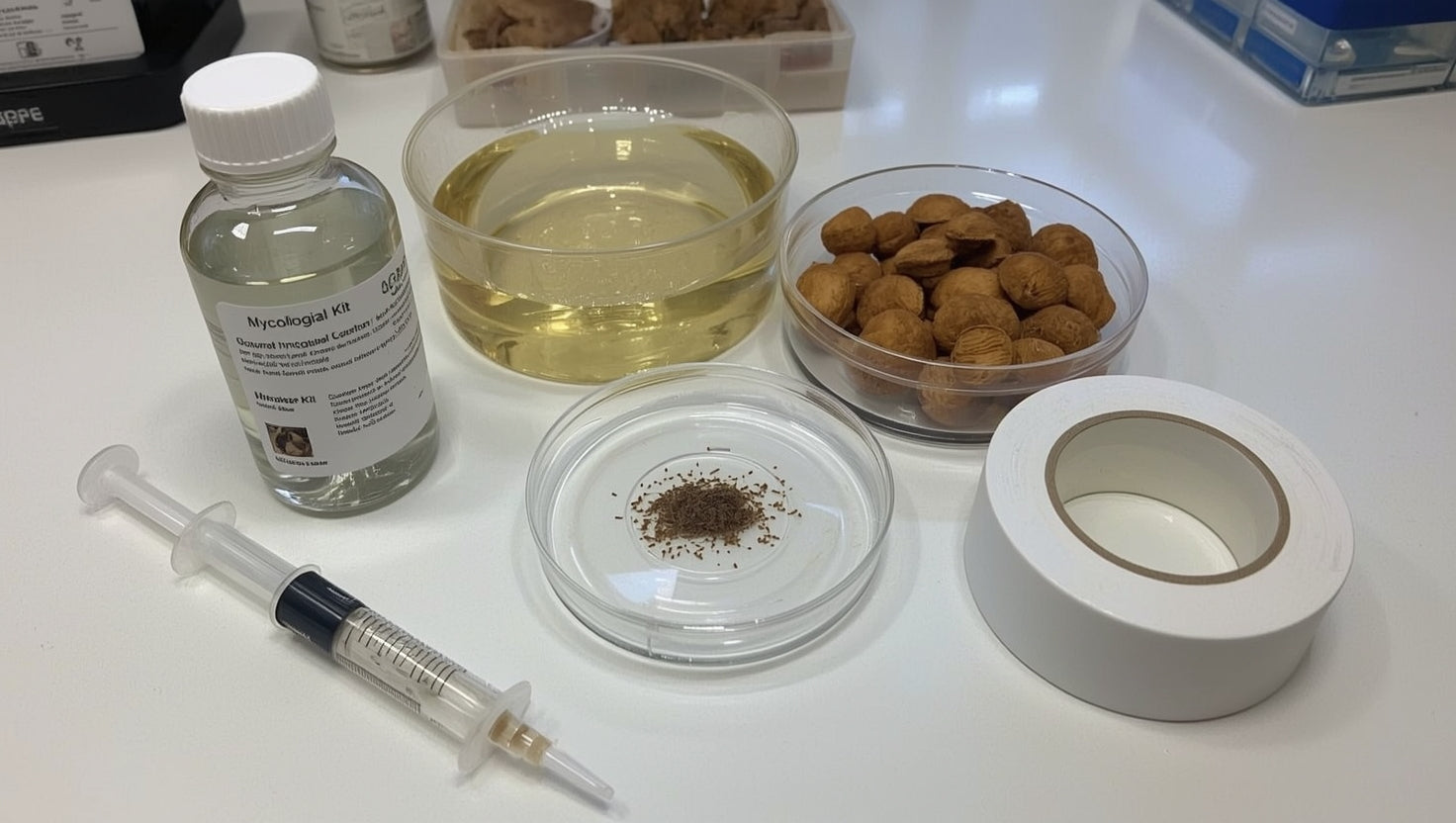
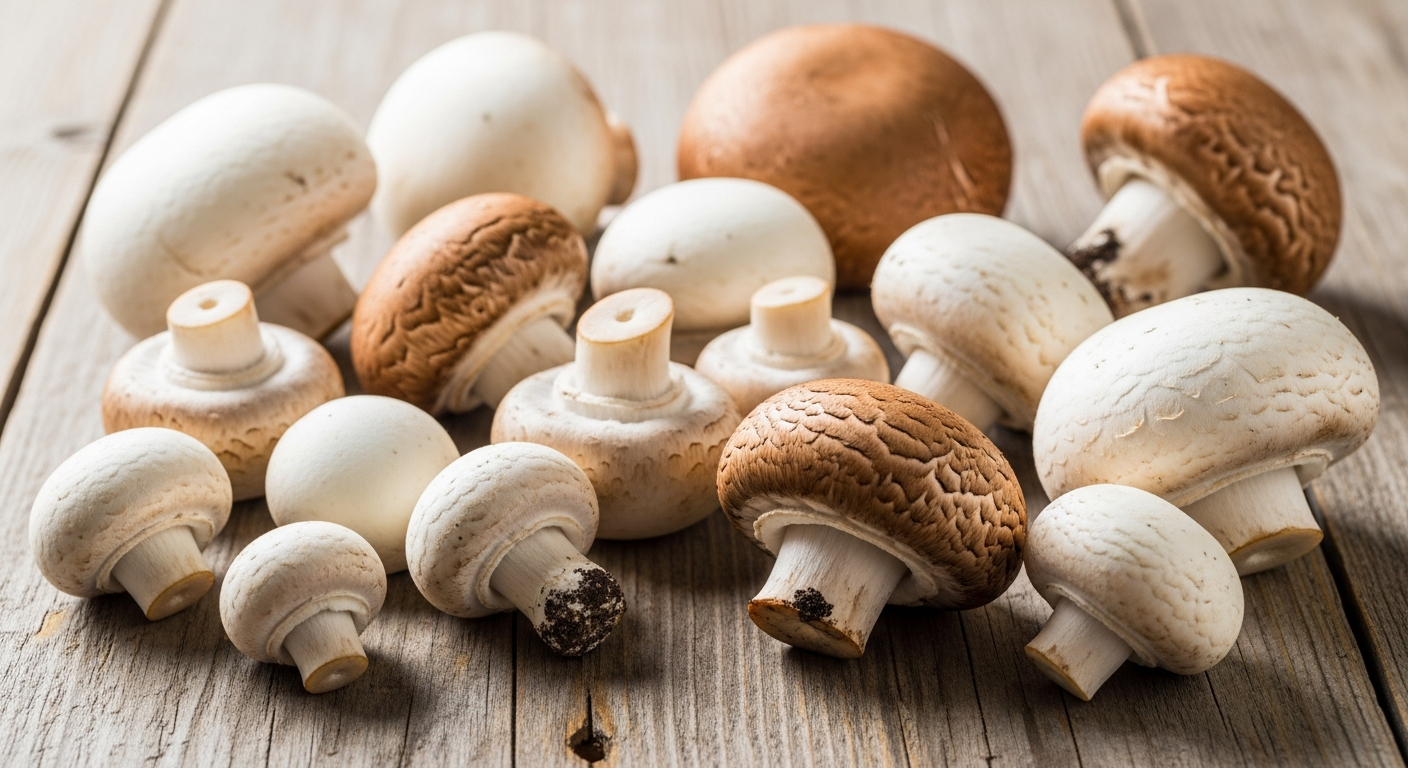
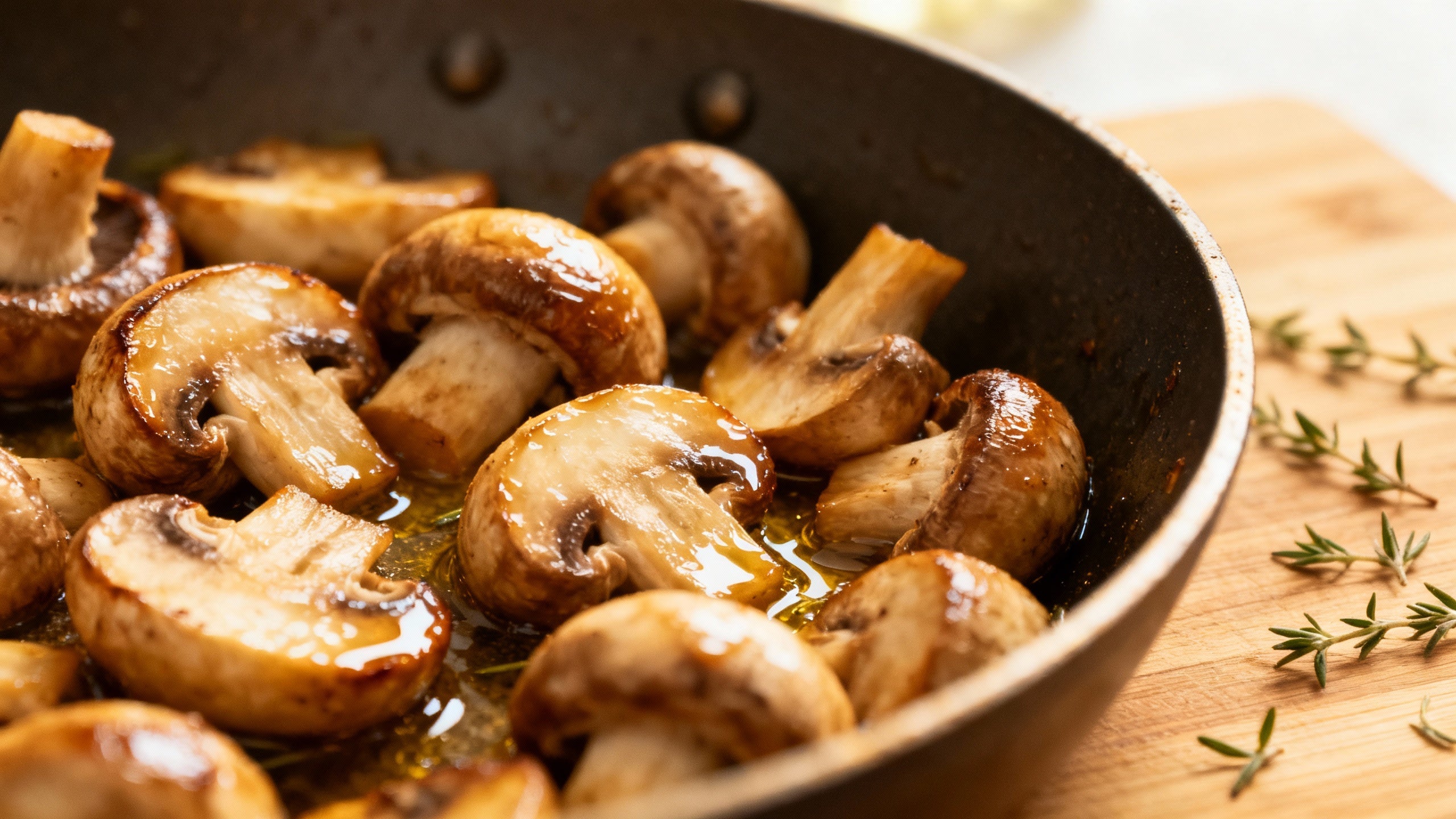
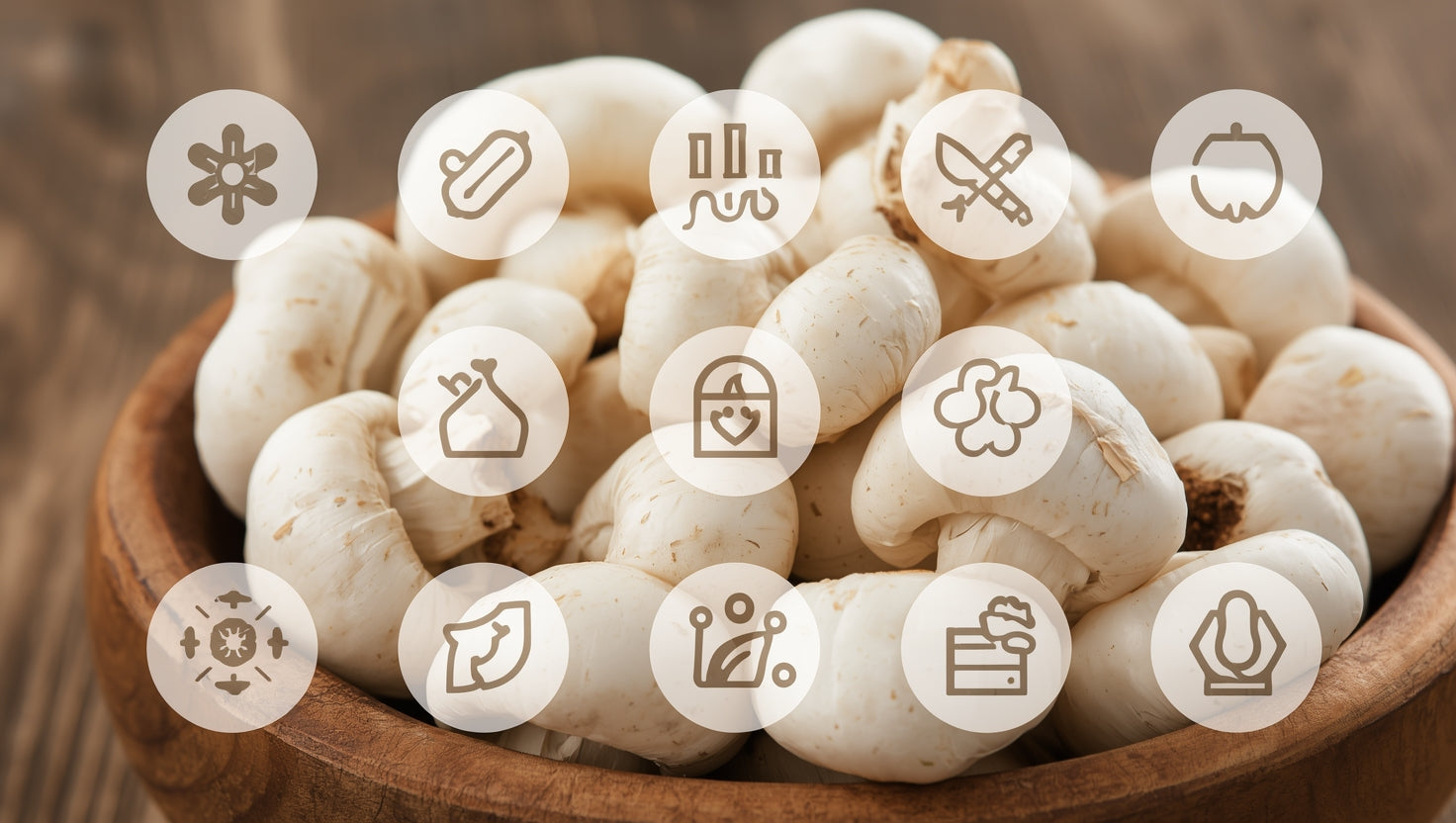
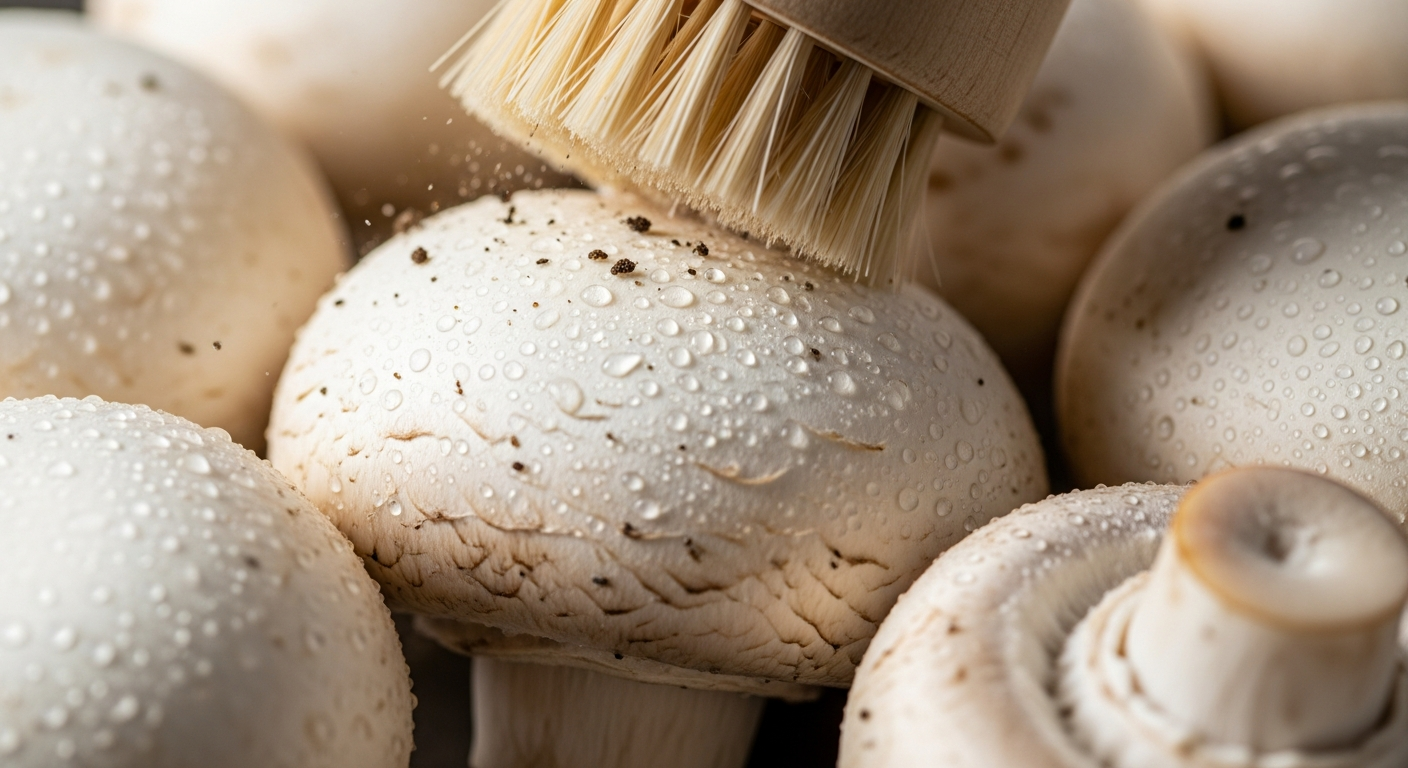
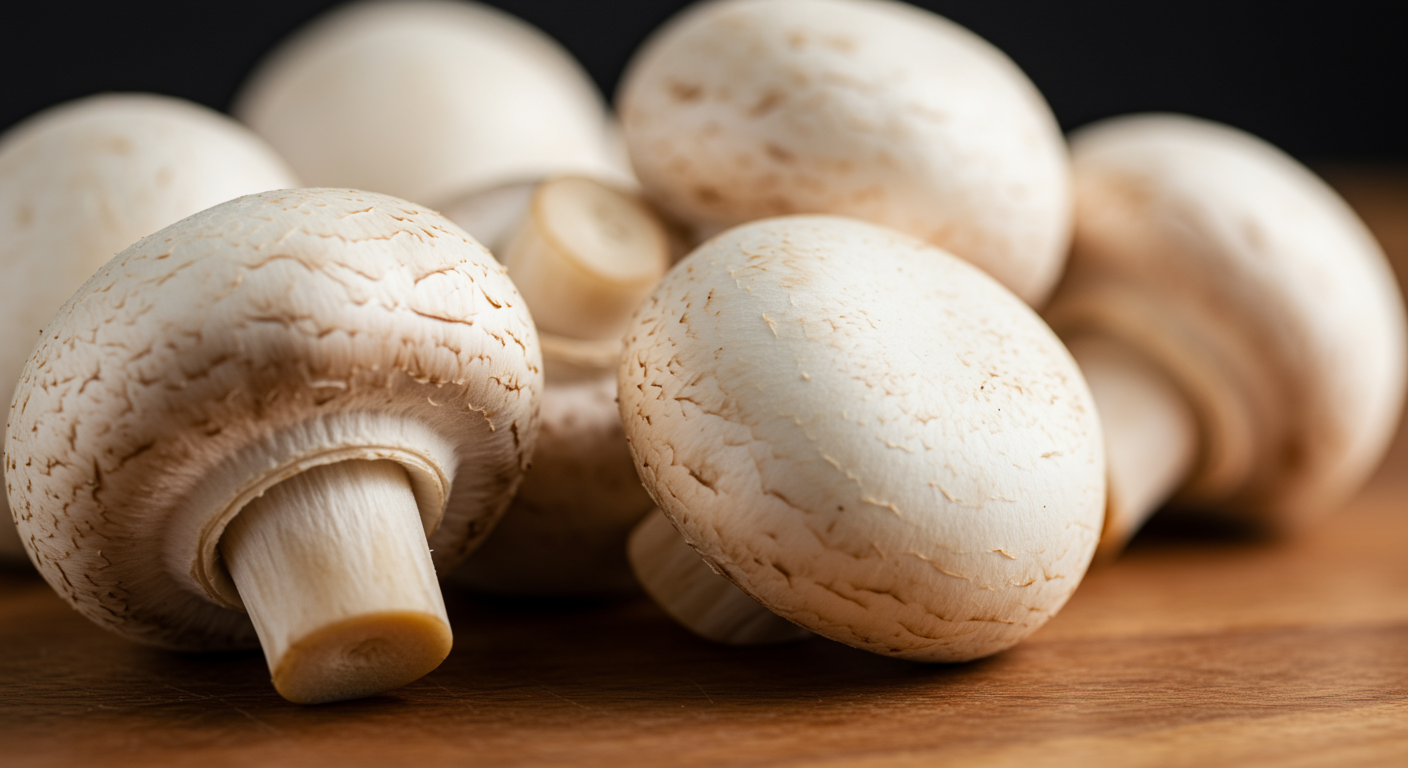

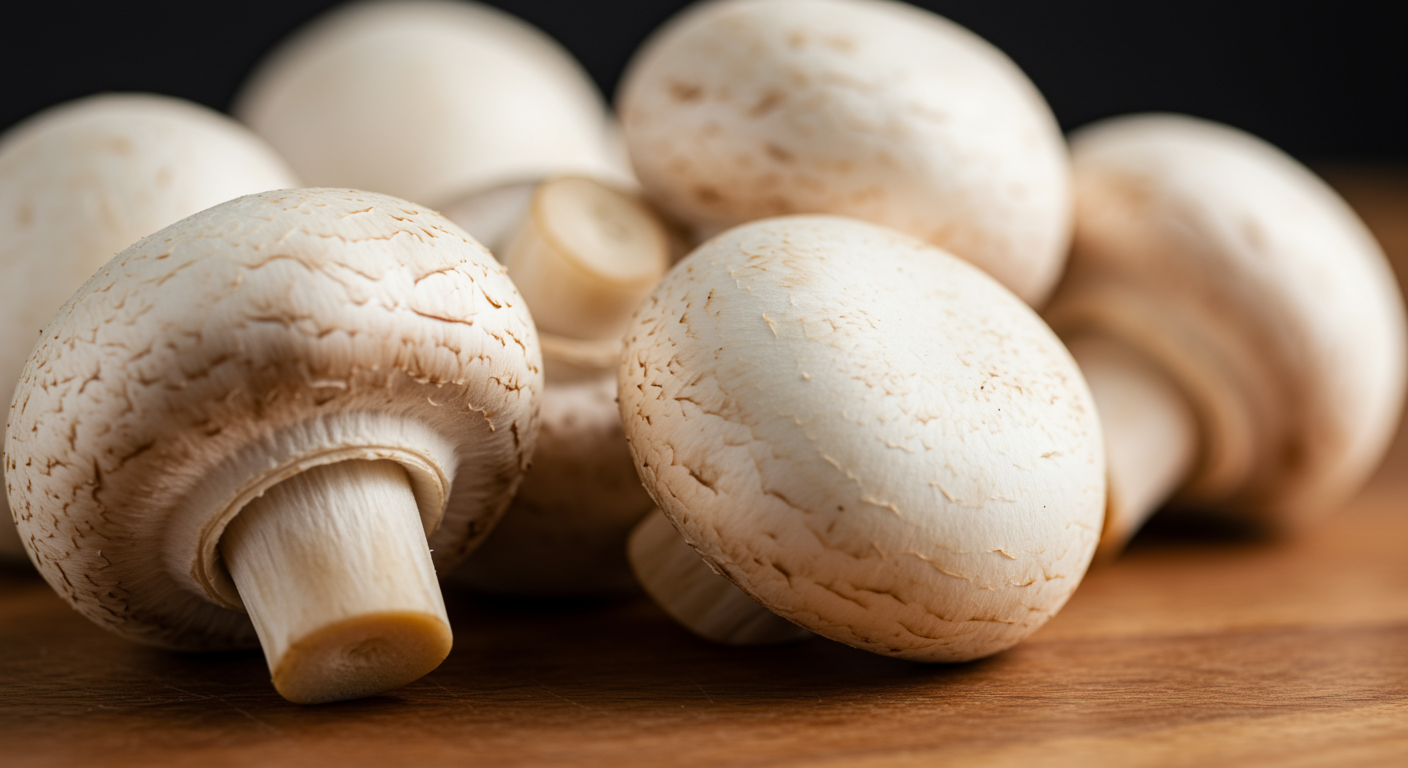
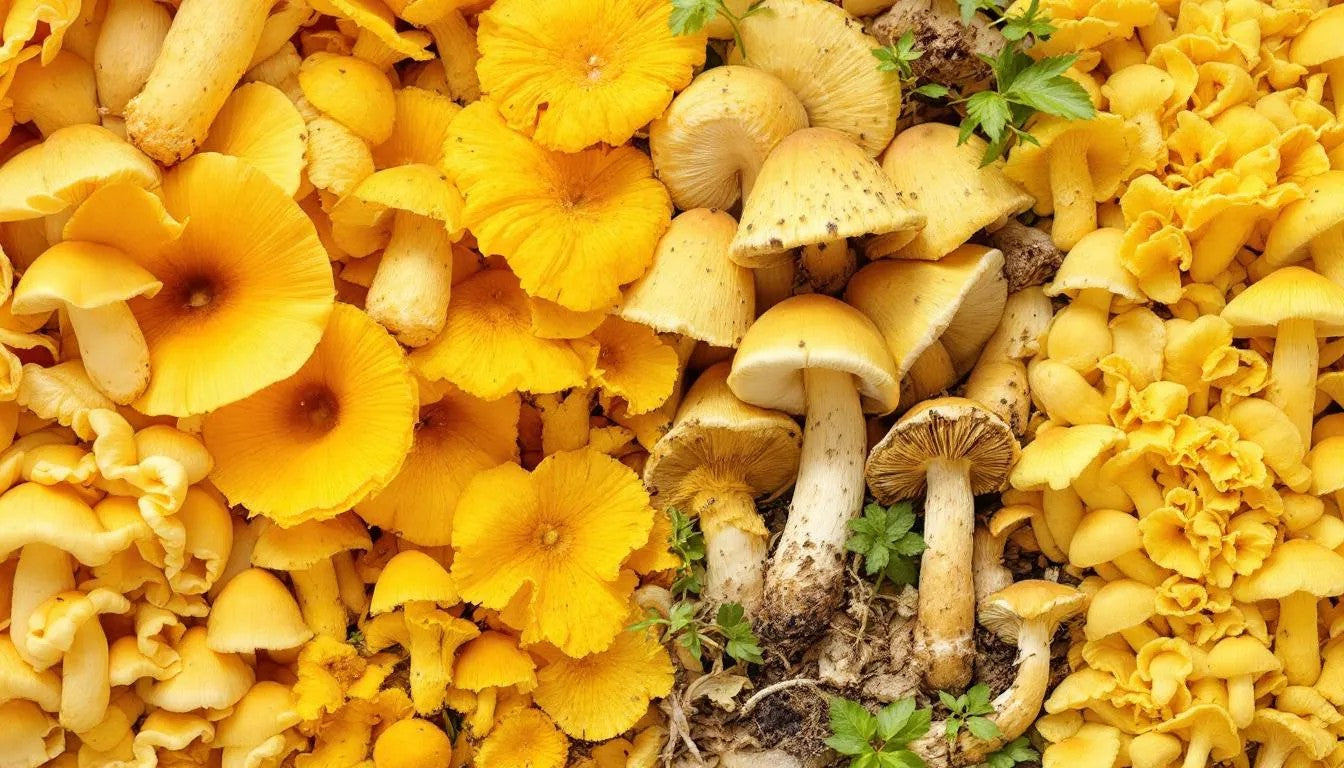
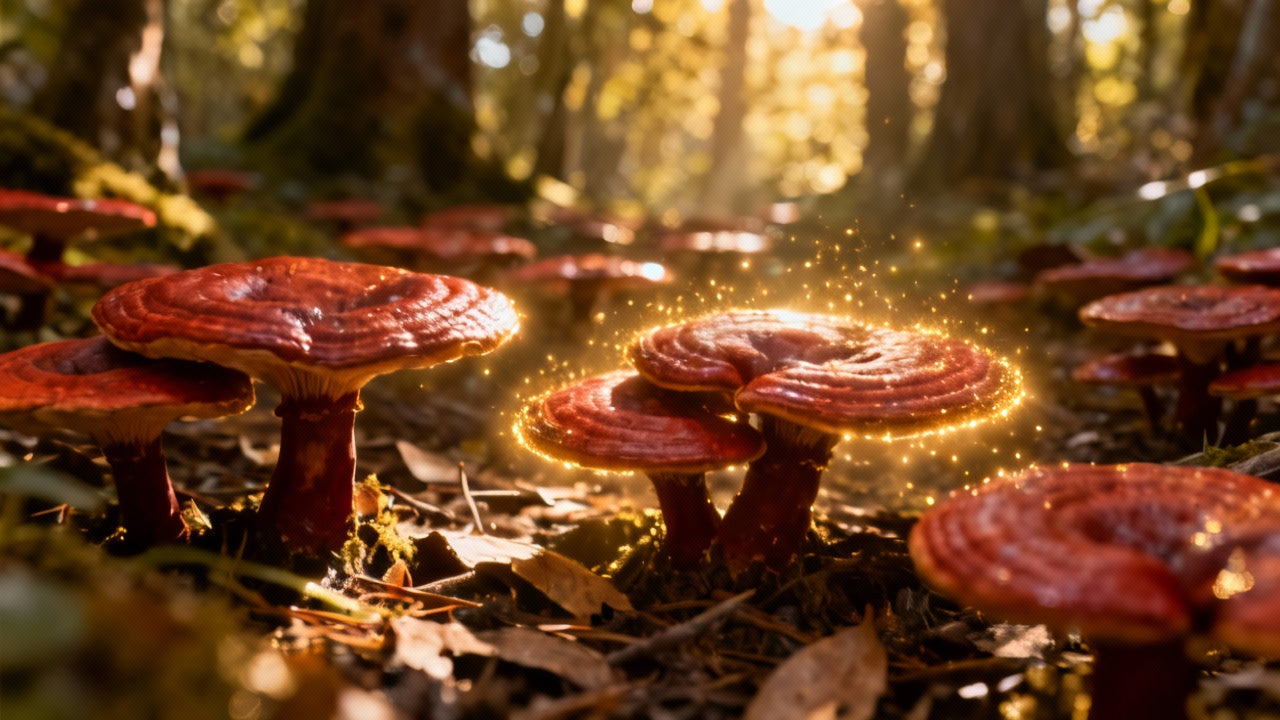
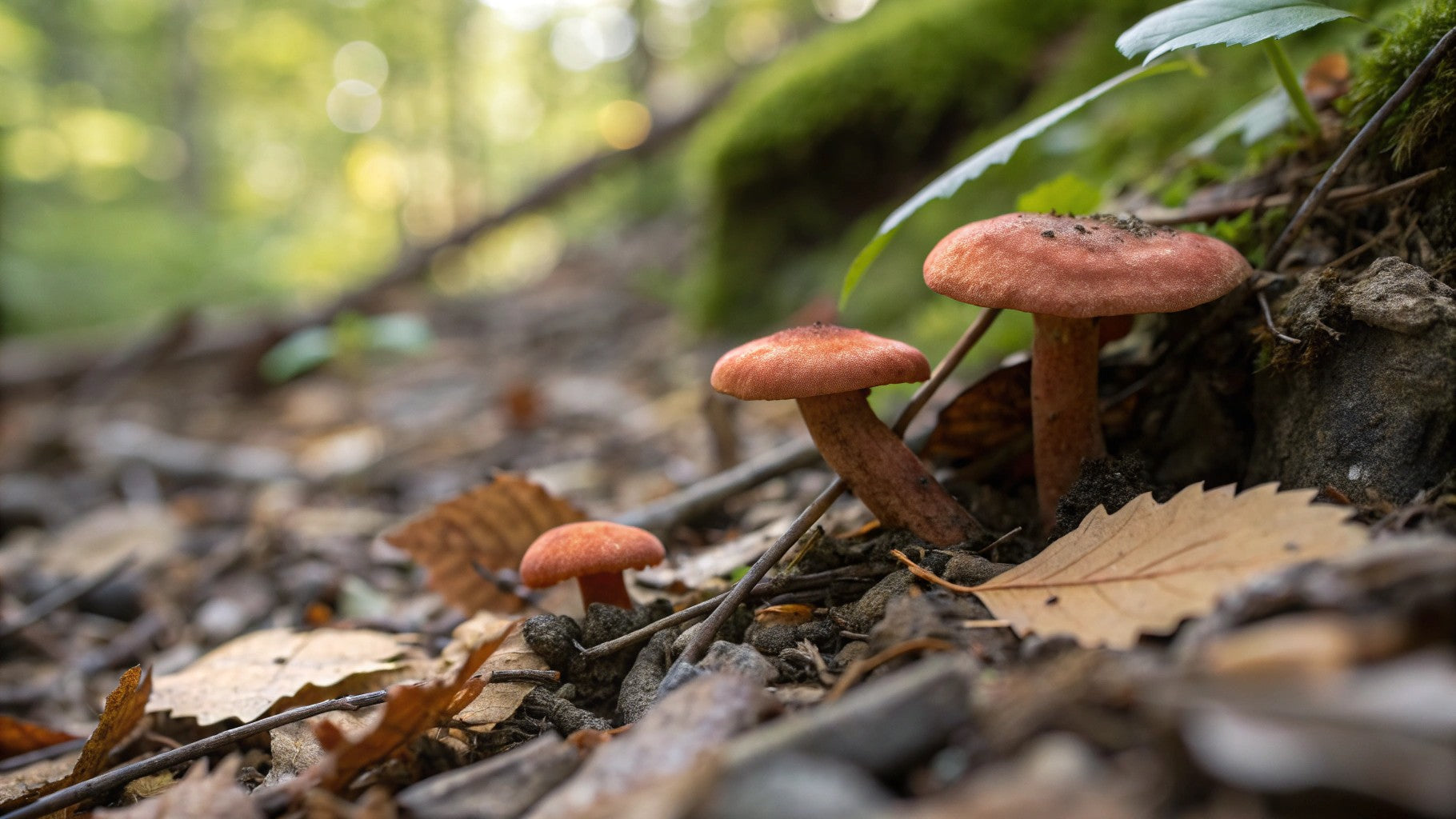
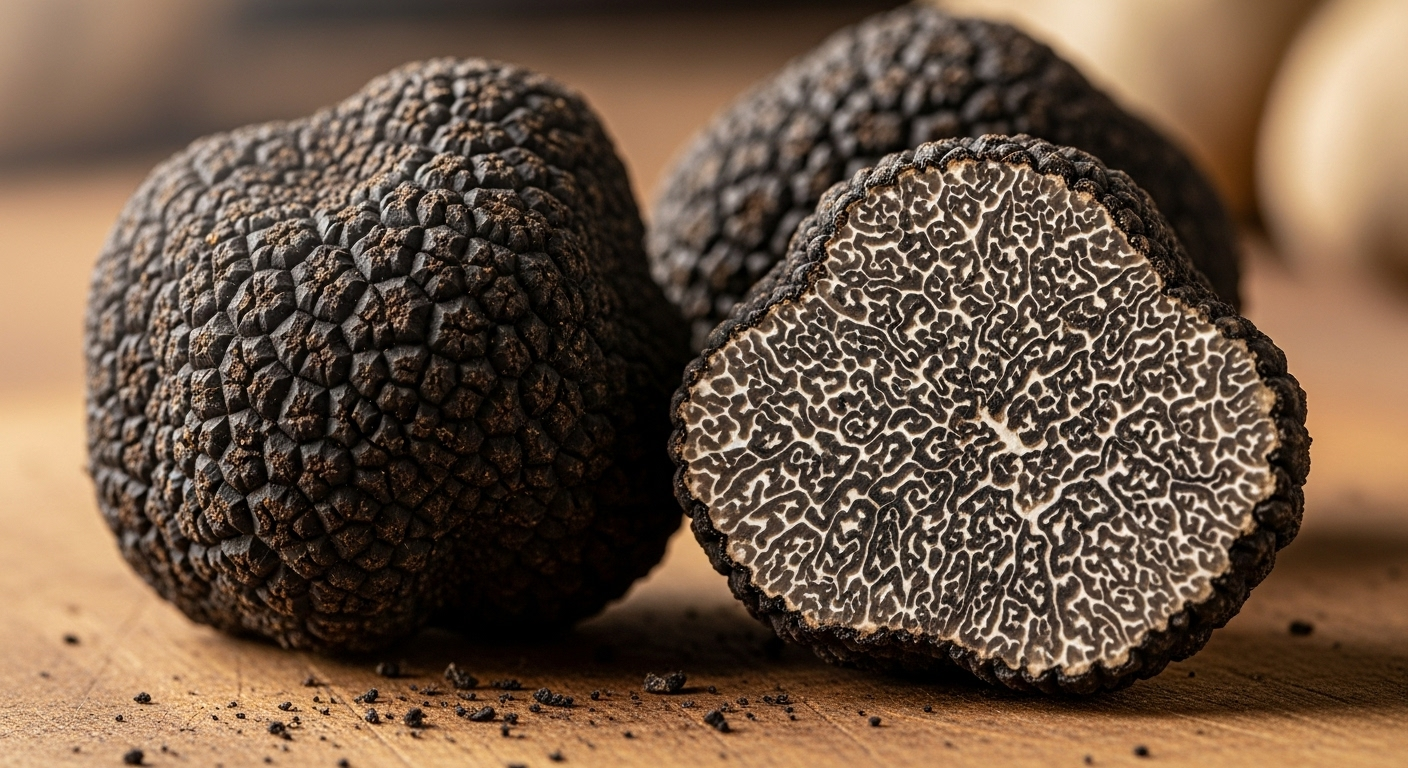
Share:
When is Morel Mushroom Season: A Forager's Delight
Morel Mushroom Cultivation: A Complete Beginner’s Guide to Growing Success